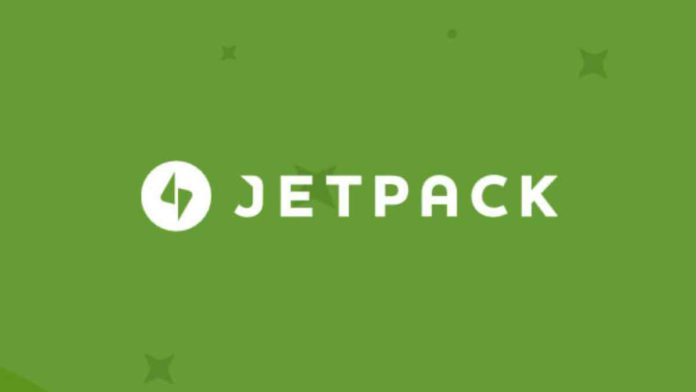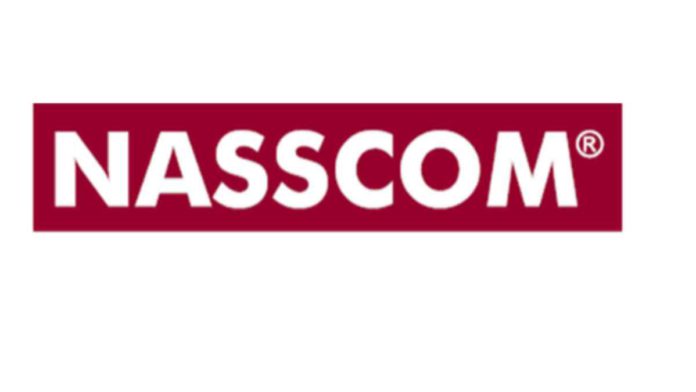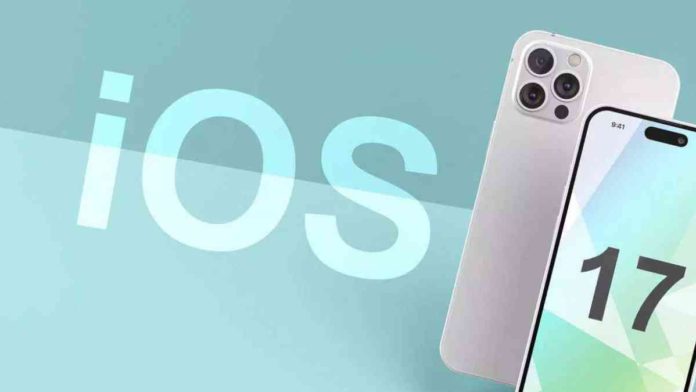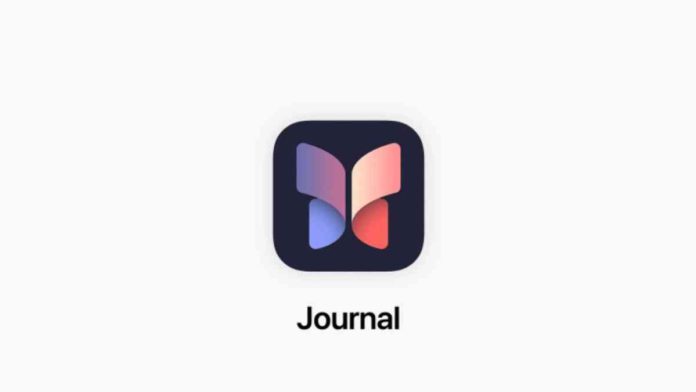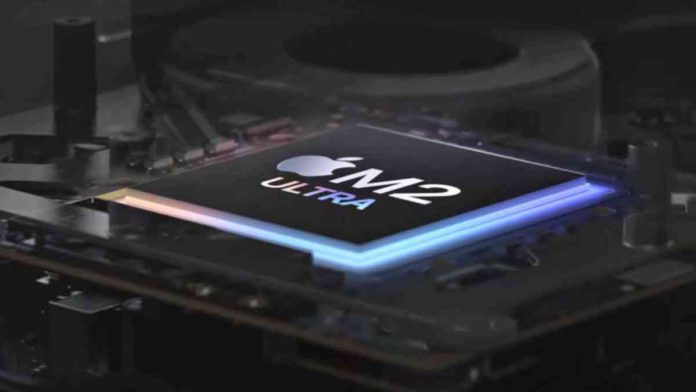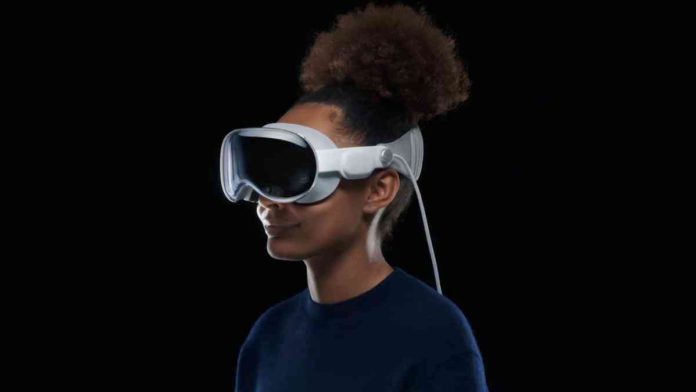In order to assist users in composing and editing blogs and other written content, Automattic has unveiled a proprietary AI-powered writing assistant in the Jetpack plug-in. With this on WordPress, the new Jetpack AI Assistant function is now easily accessible and integrated into the editing interface.
The assistant uses generative AI technology similar to that used by OpenAI’s ChatGPT large language model chatbot. The announcement, however, offers no specifics about the assistant’s technical details.
Jetpack functions similarly to its competitors by using user prompts to produce content. The AI assistant may also modify text to meet particular tones and styles, giving writers the ability to alter their writing to appeal to their target audience.
Read More: Microsoft Announces AI Personal Assistant Windows Copilot for Windows 11
There are currently 12 languages that the Jetpack AI Assistant supports and those include French, Chinese, English, Hindi, Spanish, and Korean. The plug-in promises to correct spelling and grammar mistakes automatically while enabling smooth language translation.
The company that created WordPress and the Jetpack AI Assistant, Automattic, thinks that this functionality enables writers to produce content in their native tongue while also allowing them to market it in many languages.
The tool, according to the company, is a “creative writing partner” that enables users to easily produce a variety of material, greatly speeding up the content production process. Users of Jetpack AI Assistant are able to condense a blog post into a headline and change the tone of their writing by choosing from alternatives like “formal,” “provocative,” or “humorous.”


